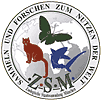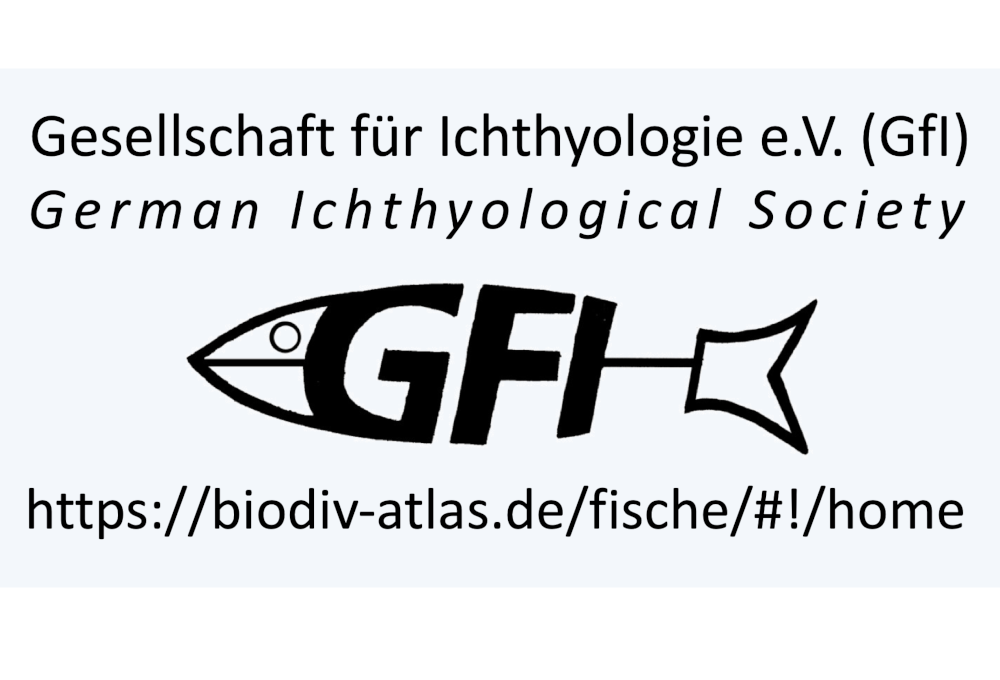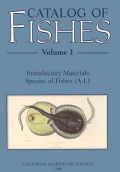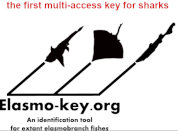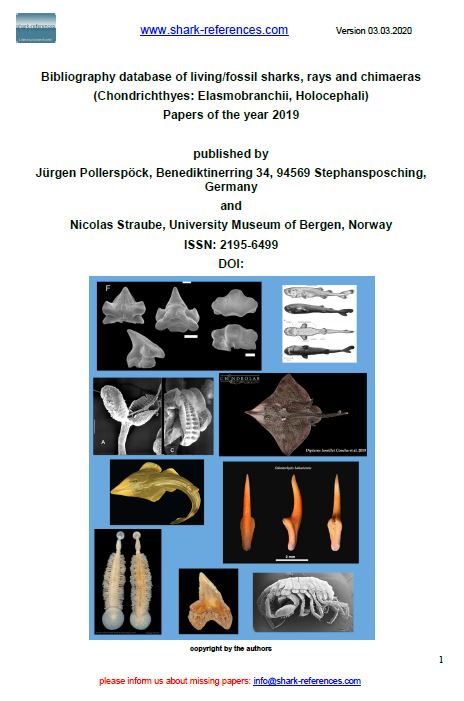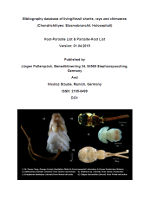
Heavy metal and trace element concentrations in the blood of scalloped hammerhead sharks (Sphyrna lewini) from La Paz Bay, México. Marine Pollution Bulletin, 201, Article 116155
DOI: 10.1016/j.marpolbul.2024.116155

The use of machine learning to detect foraging behaviour in whale sharks: a new tool in conservation. Journal of Fish Biology, 98(3), 865–869
DOI: 10.1111/jfb.14589

Trophic overlap between blue sharks (Prionace glauca) and shortfin makos (Isurus oxyrinchus): Trophic linkages between two shark species In the Eastern Pacific Ocean food web. Food Webs, 7, 13–19
DOI: 10.1016/j.fooweb.2016.03.002

Los tiburones como bioindicadores de contaminantes y cambios tróficos en los ecosistemas marinos. [Sharks as bioindicators of contaminants and trophic changes in marine ecosystems.] In Colombia ISBN: 978–607–8429–05–9 ed: Instituto Nacional de Ecología: 367 – 386
